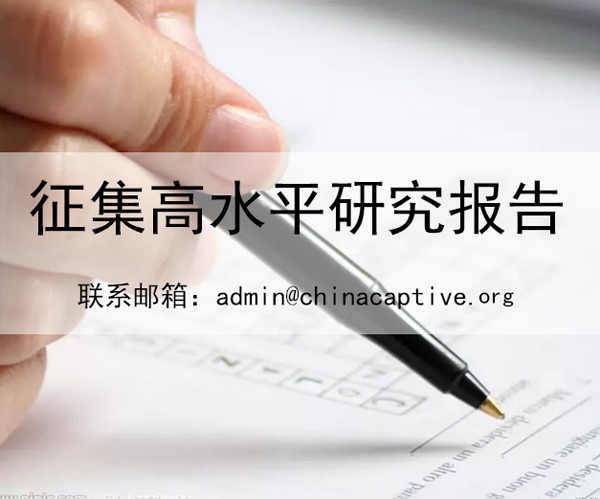China's multi-trillion dollar Belt and Road Initiative (BRI) will offer the insurance industry and the wider global economy significant growth and investment opportunities. This was the unanimous view shared by industry experts at yesterday's Insurance Summit on Belt and Road Initiative in Singapore. But more importantly, insurers have a critical role to play in supporting the development of projects that are 'investable, legal, feasible and sustainable'.
Physical infrastructure required to facilitate the increasing cross-border cooperation between countries, and new economic ecosystems such as the Digital Silk Road, will require massive investment funds – an estimated $1.7tn annually till 2030 – that governments alone cannot afford. And this is where private sector institutions can step in. HSBC Holdings group chairman Mark Tucker noted that while there has been progress in the development of financing platforms needed to implement the next stages of BRI, ‘risk appetite for financing less developed Belt and Road countries varies’.
Political risk insurance and credit insurance thus have an ‘important role to play’, independently and alongside export credit agencies and development banks. Infrastructure projects, he added, offer generally stable and predictable cash flows over long periods which are suited to investment by life insurance companies.
China Property & Casualty Reinsurance Company assistant general manager Wang Zhongyao shared a brief overview of the BRI progress in China, noting the exponential growth being brought on by new and completed contracts between the Mainland and countries along the Belt and Road corridors. Chinese interests abroad have expanded in the past decade, which he noted, calls for more scope and demand for ‘all-round risk protection’.
“According to our calculation, the implementation of the BRI from 2018 to 2022 will generate about $16tn in risk protection demand for engineering insurance and property insurance,” Mr Wang said.
The BRI opportunities however, are not without its risks. Mr Tucker set out four principal categories of risk to be addressed, including political, economic and financial, regulatory, and operational. Together, these risks have contributed to ‘bottlenecks and blockages’ that have made it challenging for private investors to play a greater part in infrastructure development in emerging markets, he noted.
“Without proper risk-sharing and solid legal frameworks, private investors will not be willing to commit large-scale, long-term financing,” he said and added that the key to creating an asset class significant enough to attract institutional investment is a ‘well-defined pipeline of projects that are investable, legal, feasible and sustainable’.
Within the Chinese market, Mr Wang also highlighted hurdles that local insurers need to overcome, such as a ‘structural deficiency of insurance supply in the domestic market’ – which lacks expertise in speciality lines like political terrorism risks; weak risk management and pricing frameworks; and ‘servicing issues’ like policy issuance and outdated overseas loss prevention and compensation services.
Similarly, DBS Bank economist Ma Tieying noted the BRI challenges on a broader economic scale. Among them, she said China remains a middle-income economy and is still at ‘the early stage of exporting capital’. Chinese companies meanwhile, are yet to be familiarised with managing the various risks – including economic, regulatory, political and Nat CAT – that come with investing in emerging markets.
The conference, which has attracted over 140 participants, ends today. It is organised by Asia Insurance Review and sponsored by HSBC Insurance, DBS Bank, EY and Labuan IBFC, with the support of the International Insurance Society.
Source :Middle East Insurance Review 2018-06-13





